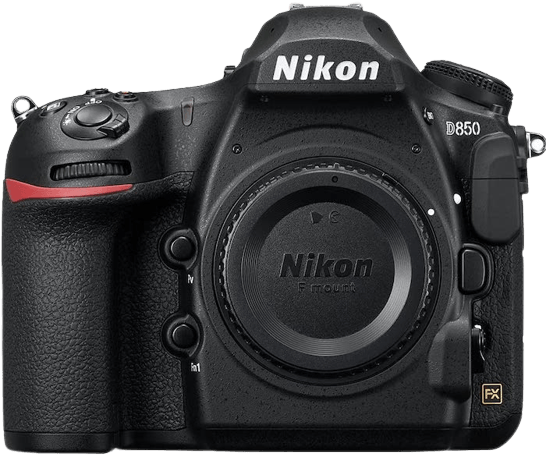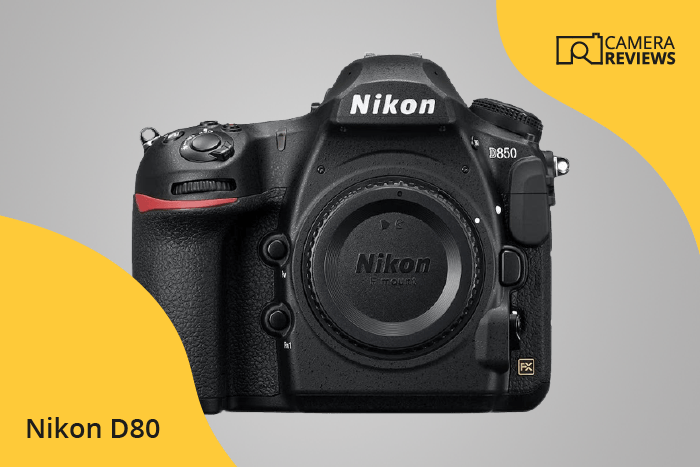Nikon D80 Specs and Scores

The Nikon D80 scores 34/100 in our evaluation, reflecting its age and features in comparison to current cameras. Announced in 2006 and priced at $730, this DSLR measures 132 x 103 x 77mm and weighs 1.47lbs (668g). The camera’s specifications reveal that it is an older model with a bulkier design. When compared to today’s market, the D80 falls short in terms of technological advancements and compactness. Thus, it may not be the top choice for modern photography enthusiasts.
Nikon D80 Overview and Optics
The Nikon D80 scores a 39/100 for optics. With 10 megapixels and a shooting speed of 3 frames per second, the camera possesses a CCD sensor and Nikon Image processing engine. The DXOMARK sensor score stands at 61, and the camera has an APS-C sensor size. It is compatible with the Nikon F DX lens mount but lacks image stabilization. The aspect ratio is 3:2.
In today’s market, the Nikon D80’s optics are not as competitive as they once were. The 10-megapixel sensor is now considered low resolution compared to current cameras, and the lack of image stabilization can affect image quality. The 3 frames per second shooting speed is also slow compared to modern cameras, which typically offer faster continuous shooting capabilities.
Despite these limitations, the Nikon D80 still has some merits, such as compatibility with the Nikon F DX lens mount, allowing access to a wide range of lenses. However, the camera’s optics may not be sufficient for those seeking advanced features and improved performance in today’s market.
Nikon D80 Video Performance
The Nikon D80 lacks video capabilities. It does not record video, only captures images.
Nikon D80 Features and Benefits
The Nikon D80 scores a mere 17/100 in the features department. The screen size measures 2.5 inches with a resolution of 230,000 dots, which is quite outdated compared to the high-resolution screens found in modern cameras. Lacking both touchscreen and flip screen capabilities, the D80 falls short of current user expectations.
Additionally, the camera does not have GPS or Bluetooth functionality. While it does support Wi-Fi connectivity, the absence of these other features limits its versatility in today’s market.
Considering its low feature score and dated specifications, the Nikon D80 struggles to compete with the advanced options available in contemporary cameras. While it may have been a solid choice in its prime, it now lacks the cutting-edge features that photographers seek in modern equipment.
Nikon D80 Storage and Battery
The Nikon D80 receives a storage and battery score of 53 out of 100. A single memory card slot is available, which accepts SD and SDHC cards. The battery life provides an impressive 2700 shots per charge, utilizing an EN-EL3e battery. However, the camera lacks USB charging capabilities.
In today’s market, the Nikon D80’s storage and battery specifications are adequate but not exceptional. The single memory card slot and absence of USB charging are limiting factors. Despite these drawbacks, the camera’s long battery life remains a noteworthy advantage.
The Nikon D80 provides satisfactory storage and battery performance, with its most significant strength being its extensive battery life. However, improvements in memory card capacity and charging options would enhance its competitiveness in the current market.
Nikon D80 Alternatives
Do you want to know how the Nikon D80 compares to its competitors? Have a look at the most popular comparisons for this camera below:
- Canon EOS 50D vs Nikon D80
- Nikon D80 vs D90
- Nikon D3100 vs D80
- Nikon D50 vs D80
- Canon EOS 40D vs Nikon D80
- Canon EOS 30D vs Nikon D80
Nikon D80 FAQ
Does the Nikon D80 Have Built-in Image Stabilization?
The Nikon D80 does not have built-in image stabilization. However, you can use lenses with image stabilization (called Vibration Reduction or VR in Nikon lenses) for better stability.
Does the Nikon D80 Support 4K Video Recording?
The Nikon D80 does not support 4K video recording or any video functionality, as it is a DSLR primarily designed for still photography.
What Size Sensor Does The Nikon D80 Have?
The Nikon D80 features an APS-C sized sensor, which is smaller than a full-frame sensor but still provides excellent image quality and performance.
Does the Nikon D80 Have a Dual Memory Card Slot?
The Nikon D80 does not have a dual memory card slot; it has a single SD card slot for storing your photos.
Does the Nikon D80 Have a Touch Screen?
No, the Nikon D80 does not have a touch screen. It features a 2.5-inch LCD screen for image review and menu navigation.
Does the Nikon D80 Have Wi-Fi and Bluetooth?
The Nikon D80 has built-in Wi-Fi for wireless image transfer, but it does not have Bluetooth connectivity.
Does the Nikon D80 Have GPS?
No, the Nikon D80 does not have built-in GPS functionality for geotagging your images.
Is the Nikon D80 Weather Sealed?
The Nikon D80 is not weather sealed, so it is not recommended to use it in heavy rain or harsh environments without proper protection.
Does the Nikon D80 Have a Built-in Flash?
Yes, the Nikon D80 has a built-in flash that can be used for additional lighting in low-light situations or as a fill flash.

